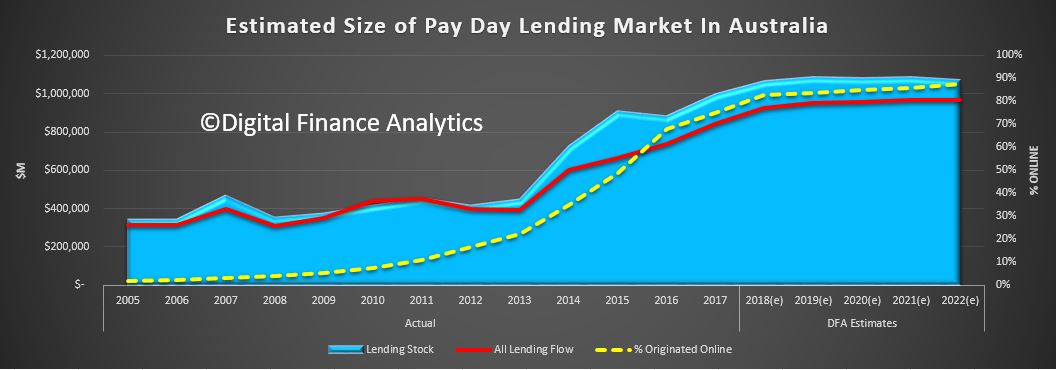The first full day contained a number of significant revelations, including that millions have been paid by the banks in remediation, the fact that some entities appeared not to be fully cooperating with the Inquiry and others admitted conduct “falling below community standards and expectations”.
Remediation includes $250m to 540,000 home loan customers, relating to fraudulent documents, poor processes and failure in responsible lending practices. In addition $11m remediation was paid to to 34,000 card customers relating to responsible lending. Also $128m was paid relating to add on services, including a significant amount for car loan add ons and $900,000 for home loan add ons relating to 10,500 consumers. Also remediation of $90m was paid relating to car loans to around 17,000 consumers relating to fraudulent documentation and responsible lending obligations.
I discussed the issues raised by the first day of the current hearing rounds on ABC Illawarra this morning.
A good summary also from Australian Broker, looking at the NAB “Introducer Programme”.
Banks’ mortgage practices came under heavy scrutiny on Tuesday, as the Royal Commission began the second round of hearings in its inquiry on misconduct in the financial services industry.
Prime Minister Malcolm Turnbull announced the Royal Commission in November last year, to investigate how financial institutions have dealt with misconduct in the past and whether this exposes inherent cultural and governance issues.
According to ASIC figures, banks have paid almost $250m in remediation to almost 540,000 consumers since July 2010 for unacceptable home loan practices. Reuters data show that Australia’s four largest banks – CBA, ANZ, Wetpac, and NAB – hold about 80% of the country’s $1.7trn mortgage market.
During Tuesday’s hearing, officials shone a spotlight on National Australia Bank’s (NAB’s) “introducer program,” which paid third party professionals for referring their customers to the bank for loans. Unlike brokers, they are not required to be licensed or regulated by the National Credit Act.
NAB fired 20 bankers in New South Wales and Victoria last year and disciplined 32 others, after the bank’s review identified around 2,300 home loans since 2013 that may have been submitted with incomplete or incorrect information.
According to Rowena Orr, a barrister assisting the Royal Commission in Melbourne, the bank derived more than $24bn-worth of home loans when the misconduct took place from 2013 to 2016. “The introducer program was extremely profitable for NAB during the period where misconduct occurred, she said.
The Introducer Program still operates up to this day, with some 1,400 “introducers.” There were about 8,000 of them from 2013 to 2016, said NAB banker Anthony Waldron, who was put forth as a witness for the inquiry.
In an open letter released on Monday, NAB CEO Andrew Thorburn described the incident as “regrettable and unacceptable.” He said the bank has made changes to the introducer program, and has also cooperated with the Royal Commission’s requests for information over the last few months.
“The simple fact is that none of these issues are acceptable. They should not have happened in the first place, and they show that we haven’t always done right by our customers or treated the community with respect. This is not good enough,” Thorburn added.












